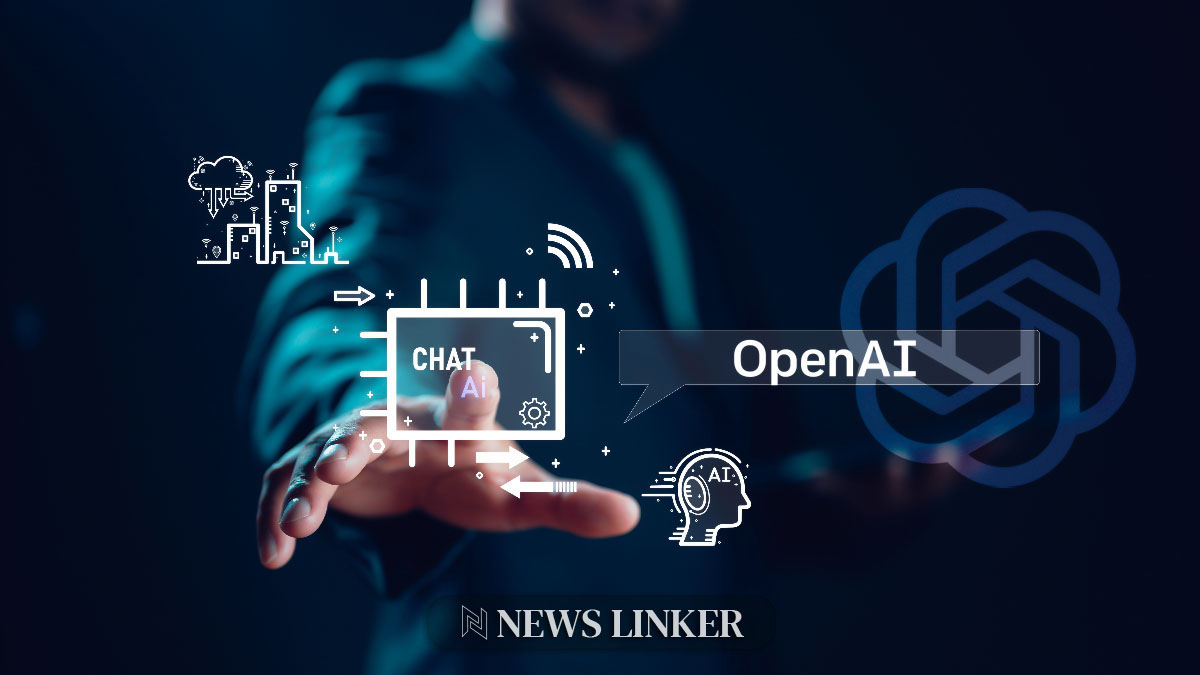In a significant development for the intersection of artificial intelligence and journalism, the Financial Times (FT) has formed a strategic partnership with OpenAI. This collaboration involves incorporating FT’s journalism into OpenAI’s ChatGPT and co-developing AI-driven products tailored for FT’s audience. The partnership signifies a mutual recognition of the value and influence of high-quality journalism in the AI domain, with potential to reshape content delivery mechanisms.
What Does this Partnership Mean for Content Creators?
This collaboration is not merely a business transaction but a pioneering move towards ethical AI use in journalism. OpenAI will feature attributed summaries and links to FT content, ensuring proper acknowledgment and driving engagement through transparent sourcing. The approach is a shift towards resolving ongoing copyright issues prevalent in the tech industry, where companies like OpenAI have faced criticism and legal challenges for using copyrighted material without consent to train their AI models.
How Will This Agreement Benefit FT and Its Readers?
For FT, this agreement offers an advanced insight into AI’s capability in content curation and engagement. John Ridding, CEO of FT Group, emphasized that this partnership would enhance the visibility of their journalistic work and deepen the understanding of reader interests. It will also streamline research and reporting workflows, potentially increasing productivity across FT’s operations by utilizing ChatGPT’s capabilities.
What Are the Industry-Wide Implications?
The agreement with OpenAI could set a precedent for how AI platforms and publishers can coexist symbiotically. The understanding emphasizes compensation and transparency, suggesting a sustainable model where both tech companies and content creators are beneficiaries. This collaborative model might encourage other platforms to seek similar agreements, thereby promoting a more sustainable interaction between AI and content creation sectors.
The broader tech community has been under scrutiny for how it handles copyrighted content. In earlier discussions, technology companies argued that their use of copyrighted data is essential for developing effective AI systems, and falls under fair use. However, this partnership illustrates a path towards consent-based use of copyrighted material, potentially influencing industry standards and legal approaches in the future.
Looking at similar cases, articles from Wired, titled “The Complicated Ethics of AI in Journalism” and from The Guardian, titled “AI’s Role in Future Publishing,” discuss the ethical considerations and potentials of AI in journalism. These discussions underline the importance of transparency and the necessity for clear regulations, aligning closely with the themes seen in FT’s approach with OpenAI.
A related scientific study published in the Journal of AI Ethics, titled “Navigating the Future of AI in Content Creation,” explores ethical frameworks that could govern AI’s role in journalism. The study emphasizes the importance of attribution and consent, suggesting that these elements enhance the credibility and ethical standing of AI applications in real-world scenarios.
Key Takeaways for the Industry
- AI collaborations must prioritize ethical standards.
- Transparency with content sourcing can boost user trust.
- Partnerships should benefit both AI tech providers and content creators.
In conclusion, the partnership between OpenAI and the Financial Times is more than an integration of technology and media; it’s a potential blueprint for future interactions between AI and journalism. This collaboration not only addresses past challenges with AI and copyrighted content but also paves the way for innovative content discovery and enhanced reader engagement. As AI continues to evolve, its integration with reliable journalistic practices will be crucial for maintaining trust and integrity in media consumption.










